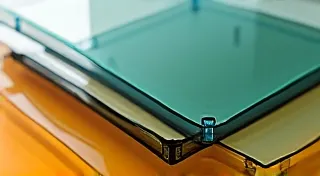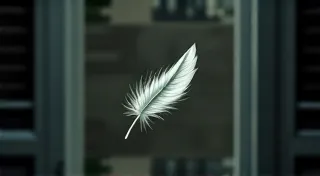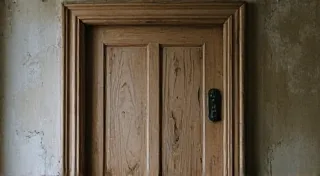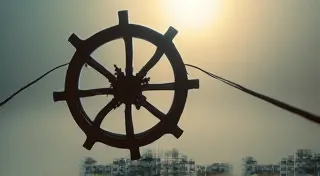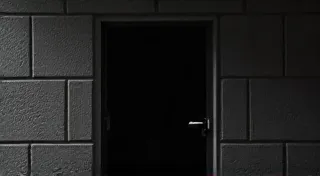Chronoscape: Capturing Eras Through Photographic Detail & Prose
There's a particular scent that clings to old things – a blend of aged leather, dried chemicals, and the ghost of stories untold. It’s a scent I've come to associate with more than just old books or furniture; it’s the aroma of history itself, intensely concentrated within the brass and glass of a vintage viewfinder. More than just optical instruments, these viewfinders are windows into the past, silent witnesses to moments long vanished. They offer us not just a literal view, but an emotional portal—a way to feel the world as those who came before experienced it.
My fascination began with my grandfather’s Leica IIIc. He was a photojournalist, a quiet observer of a rapidly changing world. The camera, and particularly its accompanying viewfinder, held a weight and presence that felt far beyond its simple function. It wasn't just about focusing an image; it was about feeling the tangible link to his life, his work, his understanding of a different time. He’s gone now, but handling that viewfinder, peering through its aged optics, feels like a conversation with him – a silent transmission of his passion and dedication.
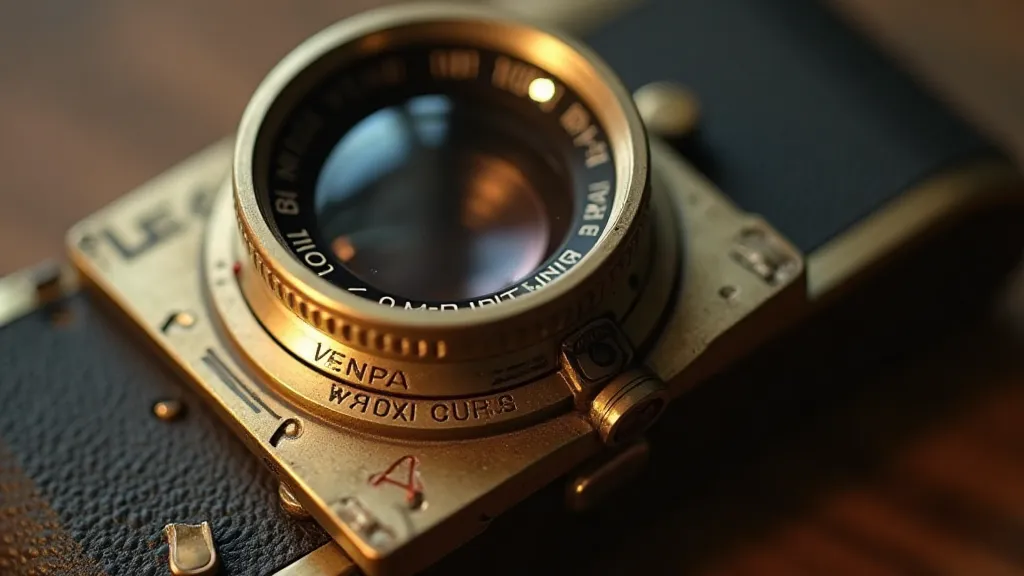
The Anatomy of a Window to the Past
Understanding a vintage viewfinder requires a bit more than simply knowing how to use it. These weren't mass-produced disposable tools; they were crafted—often by skilled artisans—with an attention to detail rarely found in modern equivalents. Early viewfinders, especially those found on antique cameras from the late 1800s and early 1900s, were often simple optical blocks, offering a basic approximation of the final image. As technology advanced, so did the sophistication of these devices. Brightline finders, rangefinders, and prism finders emerged, each offering different advantages and nuances in framing a scene.
Rangefinders, for instance, were revolutionary. They allowed photographers to accurately judge distances, crucial for achieving sharp focus, particularly in portraits and street photography. Imagine trying to photograph someone without knowing how far away they were – a frustrating experience, to be sure! The viewfinder's split image and focusing patch, now commonplace, were innovations that dramatically improved the photographer’s control. Even the subtle markings within a viewfinder, the lines and scales, speak volumes about the era in which it was made, reflecting a different system of measurement and a different understanding of photographic technique.
Craftsmanship and the Echo of Hands
It’s tempting to see old cameras and viewfinders as mere objects, but they are far more than that. They are testaments to human ingenuity and craftsmanship. Consider the meticulous assembly of the optics – each lens carefully ground and polished, then precisely aligned within the housing. The brass and chrome components, often hand-polished to a gleaming finish, exude a quality that's increasingly rare today. You can almost feel the presence of the craftsman’s hands, the subtle imperfections and variations that mark a truly handmade item. These aren't the sterile, uniform products of an automated factory; they are the tangible results of human skill and dedication.
My grandfather often talked about the importance of feeling the camera in your hands, understanding its mechanics, and becoming intimately familiar with its quirks. The viewfinder, in particular, was a key part of that connection. It was the photographer’s direct link to the scene, the first glimpse of the image before it was captured. A worn thumbprint on the focusing ring, a tiny scratch on the lens – these aren't flaws; they're marks of history, evidence of countless moments witnessed and recorded.

Evoking Era Through Detail: A Writer's Tool
For writers, the nuances of vintage cameras and viewfinders offer a wealth of inspiration. Imagine describing a character meticulously adjusting the focus on their rangefinder, the small movements revealing their meticulous nature and their dedication to capturing the perfect moment. The sound of the shutter clicking, the subtle smell of darkroom chemicals – these details can transport readers to another time and place, creating a vivid and immersive experience.
Consider the limitations of early photographic equipment. The lack of autofocus, the slow film speeds, the limited dynamic range – these challenges forced photographers to be more deliberate, more observant, and more creative. A writer can use these limitations to inform the character's actions and perceptions, adding a layer of authenticity to their portrayal. The viewfinder itself becomes a symbolic lens through which the character views the world, revealing their perspective and their biases.
Furthermore, research into the era of the camera or viewfinder can provide a deeper understanding of the historical context. What were the social and political conditions that shaped the photographer’s work? What were the prevailing artistic trends? How did the technology of the time influence the way people saw the world? By incorporating these details into their writing, authors can create a richer and more nuanced portrayal of the past.
Preserving the Legacy: Restoration & Appreciation
While some might be tempted to simply leave a vintage viewfinder as it is – a relic of the past – gentle restoration can preserve its functionality and enhance its aesthetic appeal. Cleaning the optics, lubricating the moving parts, and repairing minor damage can breathe new life into these timeless instruments. However, it’s important to approach restoration with respect and sensitivity. The goal isn’t to make the viewfinder look new; it’s to stabilize its condition and preserve its character. Original patina and minor imperfections are part of the story, and they shouldn't be erased.
More than just functional tools, vintage viewfinders are cultural artifacts. They represent a time when craftsmanship was valued, when technology was a source of wonder, and when photography was a more deliberate and considered process. By appreciating these objects, by preserving their legacy, and by incorporating their story into our creative endeavors, we can keep the spirit of the past alive. Holding that viewfinder, peering through its aged glass, I’m not just looking at a piece of equipment; I'm connecting with generations of photographers who, like me, sought to capture the essence of a moment, a place, a time.

